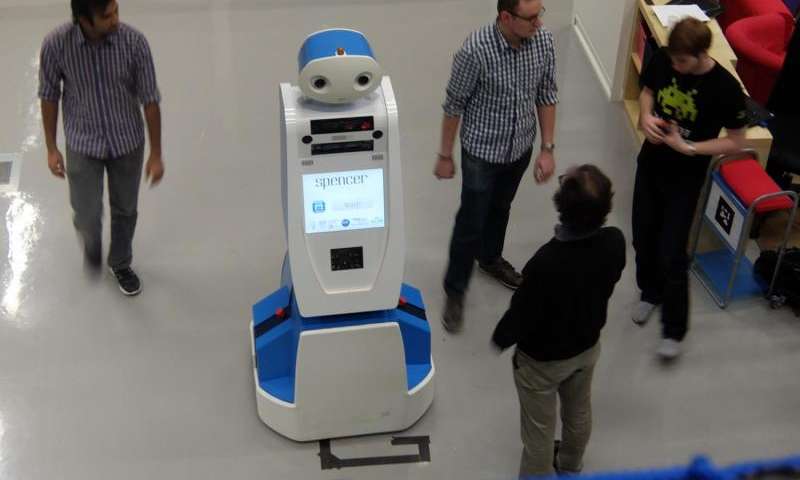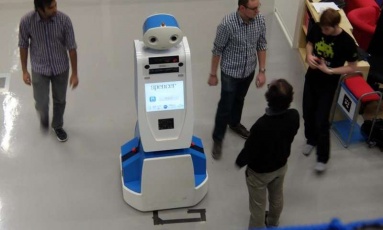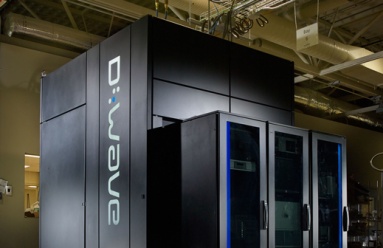"We tried to give the human as much freedom as possible"
• • •
"Navigating an airport is challenging, there is a lot of glass and a constantly changing environment in terms of temporary obstructions, such as parked luggage trolleys and people everywhere," says Achim Lilienthal, professor of computer science and project leader of Örebro University's contribution to the research project.
Over the course of one week, starting on 30 November 2015, the robot will be tested in the hustle and bustle of the major international airport Schiphol. After the test run, adjustments will be made in preparation for the real test in March when representatives of the European Commission, along with other prominent guests, will be attending the official premiere run.
The stately looking robot with its friendly but unstirring "face" will be guiding passengers, unaccustomed to navigating international airports, from one gate to another. Researchers from Örebro have equipped the robot with a prerequisite for navigation – maps. The robot then surveys its surroundings by measuring the distance to various obstructions using laser beams.
Finally, something to make the airport less alienating!
(via)
• • •
The trouble is that even top quantum computing researchers can’t quite tell whether the D-Wave will provide this exponential leap when applied to tasks that are actually useful, that can improve how the everyday world operates, that are more than experiments in a lab. But after several months with its D-Wave computer, Google believes that this machine can prove quite useful indeed.
In the future, says Hartmut Neven, who oversees Google’s experiments with the D-Wave, it may significantly improve machine learning, the technique by which computers analyze vast troves of data to learn skills like recognizing photos, identifying spoken words, understanding natural language, and, maybe one day, mimicking common sense.
In case it wasn't clear from the fact that the company quietly withdrew the motto "Don't Be Evil", Google is Skynet
(via)
• • •
"Programmable self-assembly in a thousand-robot swarm"


